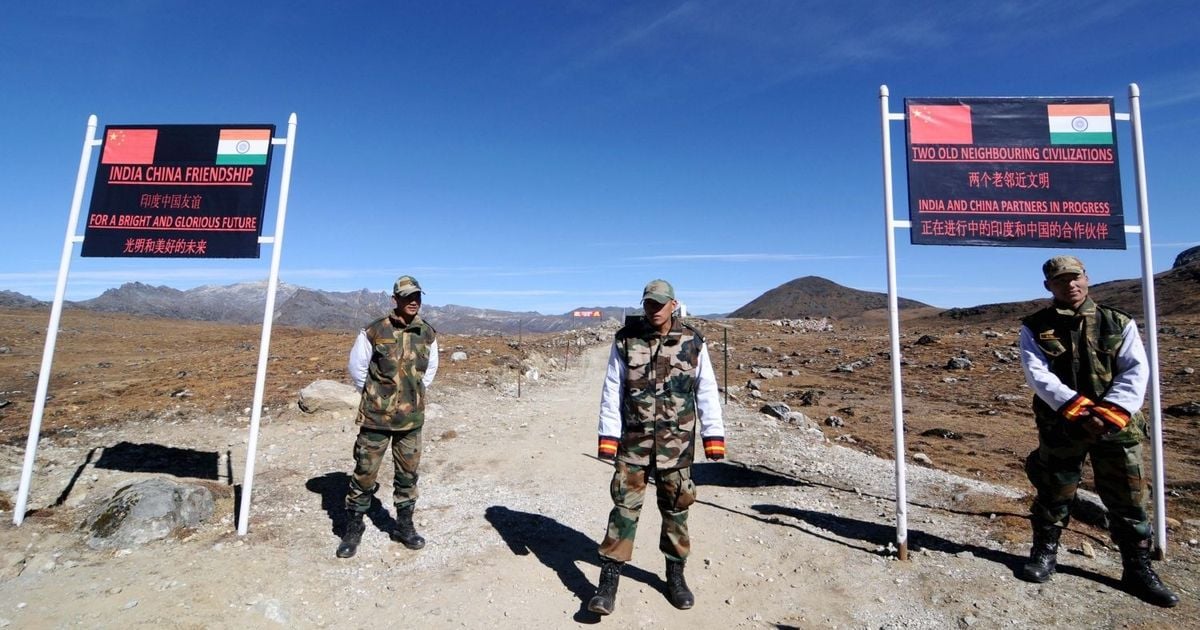Eight years after the high-altitude military standoff between India and China, the Doklam plateau in Sikkim is set to welcome tourists from September 2025 as part of India’s battlefield tourism initiative.
Located at an altitude of 13,780 feet near the tri-junction of India, Bhutan, and China, Doklam gained national attention in June 2017 when Chinese troops attempted to build a road in territory claimed by Bhutan. The Indian Army had intervened to support its Himalayan neighbour, leading to a 73-day face-off before China backed off.
The site is now one of three strategic locations in Sikkim selected by the Defence Ministry under the Bharat Rannbhoomi Darshan programme to promote battlefield tourism. “We are preparing to open Doklam for visitors in September, when the tourist season starts in Sikkim,” said C. Subhakar Rao, the State’s Additional Chief Secretary for Tourism and Civil Aviation.
The two other locations are Nathu La and Cho La—both known for clashes between Indian and Chinese forces in 1967, well before Sikkim became an Indian state in 1975. Nathu La, at 14,140 feet, is already a popular tourist destination around 58 km from Gangtok, while Cho La, sitting at 17,780 feet, is being developed with rest areas, parking spaces, and tourist amenities in coordination with the Army.
Access to Cho La is via Tamzey, a high-altitude military outpost that also offers medical support for tourists facing altitude sickness.
Army engineers are working against harsh terrain and high-altitude conditions to complete the required infrastructure. “The idea is to preserve and showcase India’s valour in protecting its borders while promoting tourism,” a senior Army officer said.
Another major inclusion in the circuit is Gurudongmar Lake, considered sacred by both Buddhists and Sikhs. Located at 17,800 feet in Sikkim’s Mangan district, the lake has been designated a Shaurya Gantavya (destination of valour).
Sikkim and Arunachal Pradesh are currently the only two northeastern States with such military-heritage tourism circuits. Arunachal’s Tawang and Walong—battlefields from the 1962 India-China war—are already part of the Shaurya Gantavya programme.
With Doklam opening to the public, Sikkim is set to become a hub for high-altitude patriotism-driven travel, giving tourists a glimpse of India’s strategic frontiers and the stories of courage they hold.













